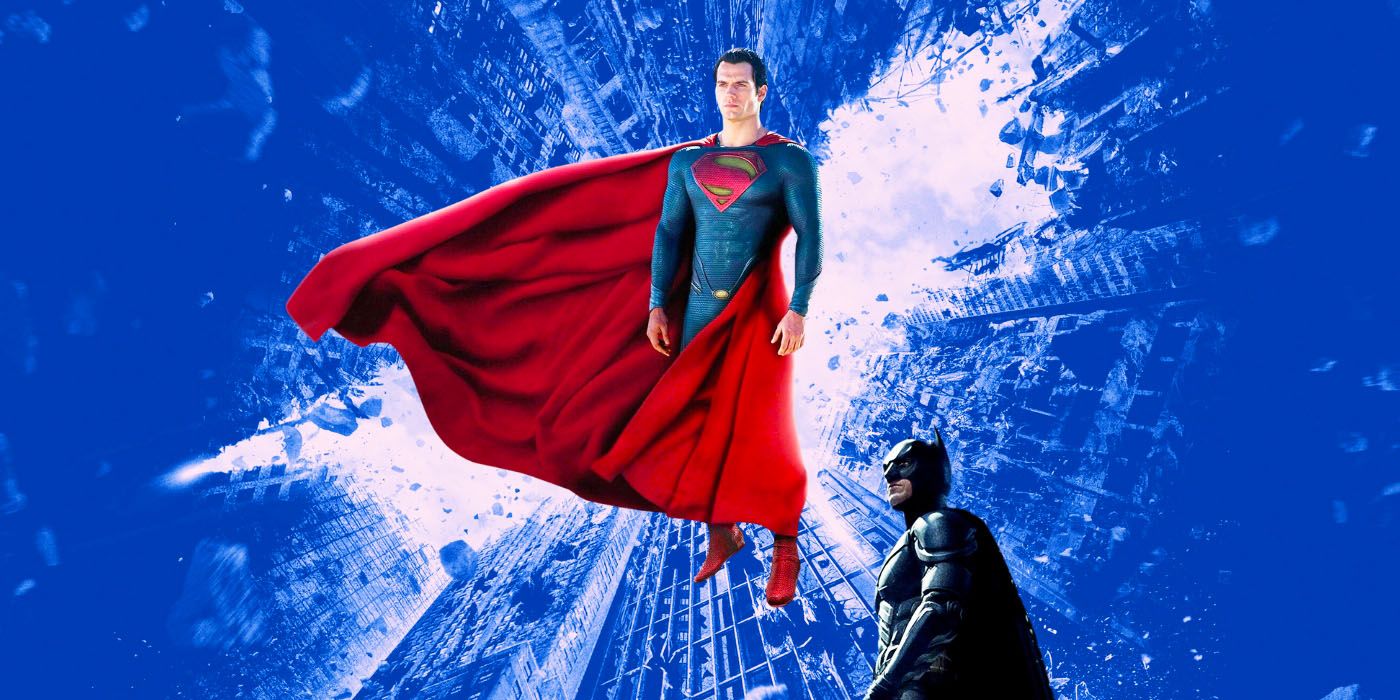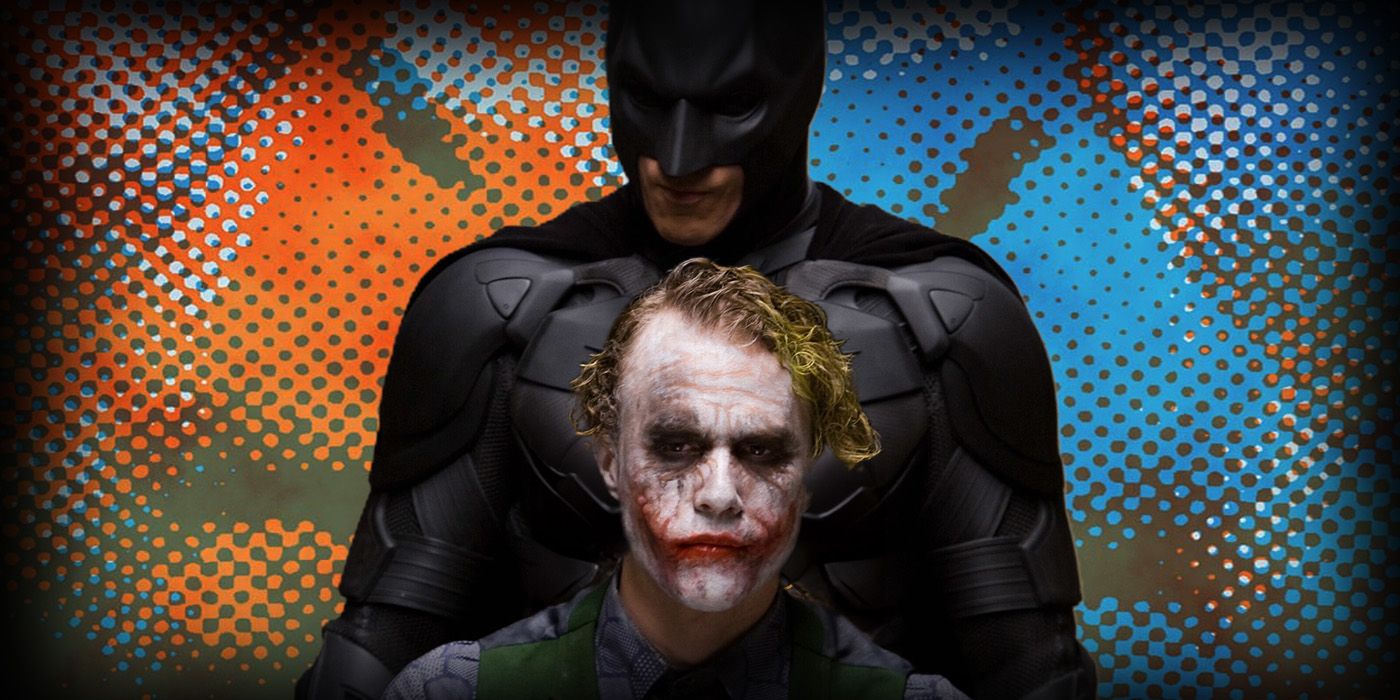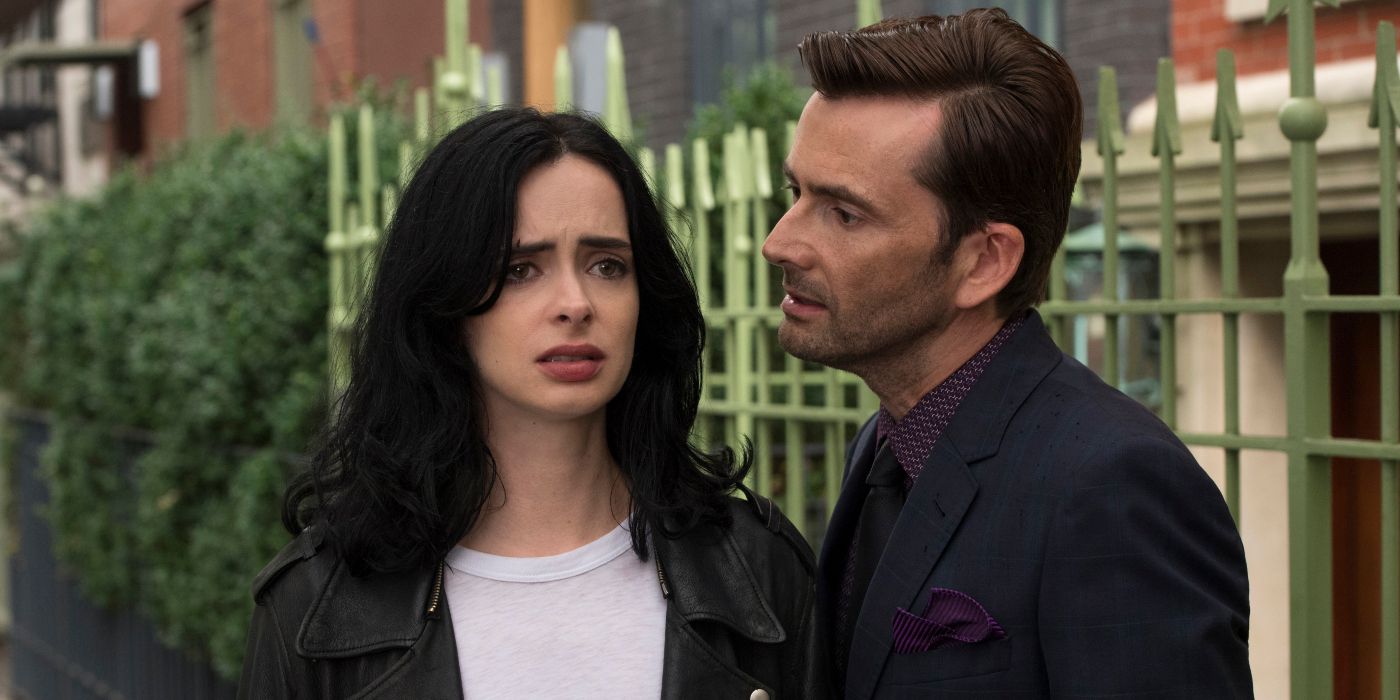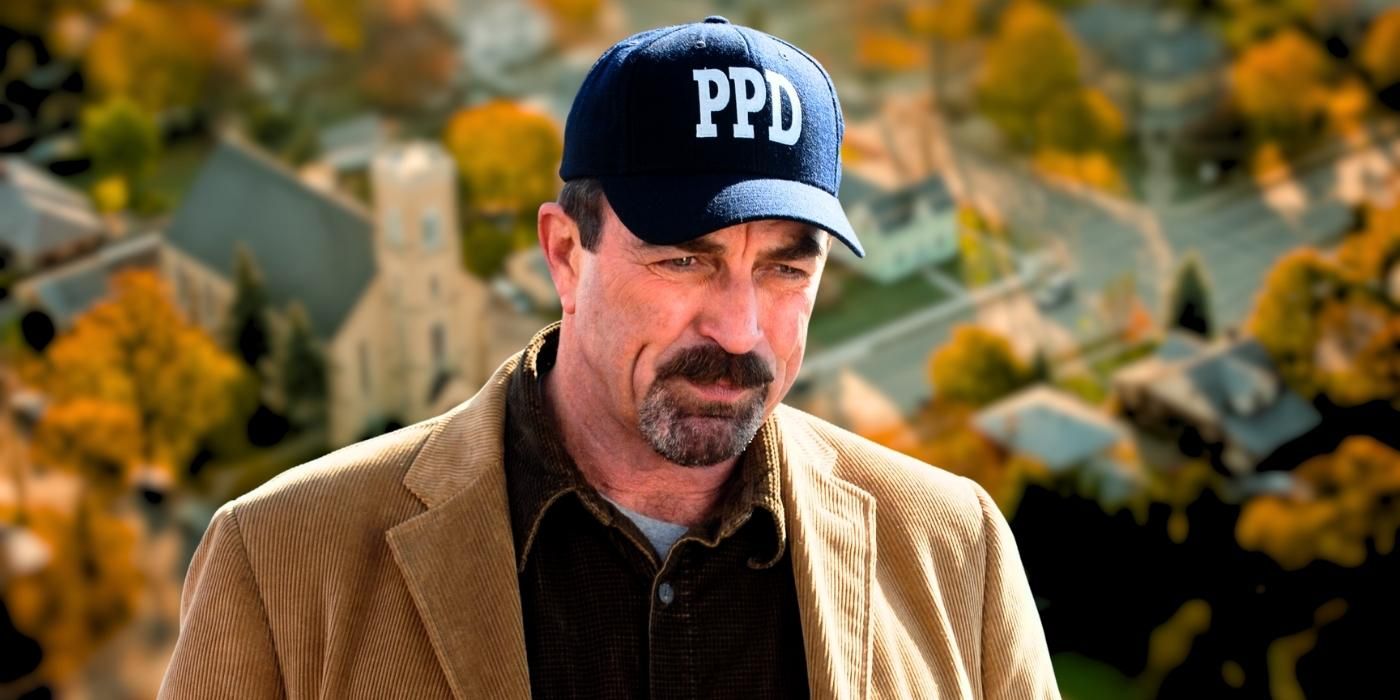The Big Picture
- Christopher Nolan drew inspiration from Fritz Lang’s film The Testament of Dr. Mabuse to create Heath Ledger’s Joker, adding a new level of scariness to the character.
- The Dark Knight chose to depict the Joker as a criminal mastermind, drawing from the character Dr. Mabuse and his unraveling criminal conspiracy.
- Dr. Mabuse exhibits the same super-sanity and method of crime as Batman villains, establishing his grip on the city while remaining behind-the-scenes, just like the Joker.
Every iconic character can be traced back to some original form of inspiration, and for the Joker, fitting with the Clown Prince of Crime’s ambiguous origins, there are several to choose from, with Christopher Nolan and his team opting to partly base Heath Ledger’s interpretation on Fritz Lang’s 1930s crime epic The Testament of Dr. Mabuse. Speaking towards crafting the revelatory performance, Christopher Nolan told Empire that he made his brother Jonathan Nolan watch the film before writing the character, with concern established over stepping up to fans’ expectations and the benchmark established by Jack Nicholson in Tim Burton’s version of one of the most instantly recognizable rivalries since Cain and Abel. Contrary to early expectations, however, Ledger’s version of the Joker is widely known as THE Joker in the current pop culture canon, thanks in no small part to myth making surrounding Dr. Mabuse himself in Fritz Lang’s 1933 epic.
The Testament of Dr. Mabuse
A criminal mastermind uses hypnosis to rule the rackets after death.
- Release Date
- March 19, 1943
- Director
- Fritz Lang
- Cast
- Rudolf Klein-Rogge , Thomy Bourdelle , Gustav Diessl , Rudolf Schündler
- Runtime
- 122 minutes
Christopher Nolan and His Team Wanted Something Different Than Tim Burton’s ‘Batman’
The Joker’s comic book origins can be traced as far back to Conrad Veidt’s star-making performance in The Man Who Laughs, proving just how much the character has been molded by the classic cinema of the 1920s and 30s. However, while there was never any shortage of great Joker stories, screenwriter David S. Goyer commented in the Empire interview that there was one thing missing from the portrayals of the character that he was familiar with: “I like the Burton films a lot, but the one bone to pick with film, television, anything: I just never felt that the Joker was scary. Chris and I wanted the Joker to be scary. Which is what led to The Dark Knight.” As a result, Christopher Nolan decided to draw from “the earliest of the comics,” every panel of which screamed both menacing and over-the-top. Enter Dr. Mabuse, the original King of Crime, whose own mysterious origins and methods of dominating the world around him proved vital in selling the Joker as a true agent of chaos.

How Frustration With ‘The Dark Knight Rises’ Led to ‘Man of Steel’
Sometimes the best thing that a writer can do is take a break.
Dr. Mabuse Shares Many Similarities With ‘The Dark Knight’s Joker
With so many versions of the Joker to draw from, whether it’s the goofball or the psychopath, the biggest task that The Dark Knight had laid out in front of it was picking a lane. Watching The Testament of Dr. Mabuse, it becomes clear where much of the character’s tendencies as a criminal mastermind came from. The film follows the unraveling of a gargantuan criminal conspiracy orchestrated by an incapacitated Dr. Mabuse (Rudolf Klein-Rogge) from the safety of his cell in an insane asylum. The incarcerated criminal now writes several books worth of illegible gibberish, only for the investigating police to discover that they are in fact coded messages, and that through disguise, subterfuge, and hypnosis, Mabuse has enacted his master plan for an “unlimited reign of crime,” where chaos and anarchy trump all. Sound familiar?
Dr. Mabuse Is Similar to Other Iconic Batman Villains — Not Just the Joker
The psychology of Mabuse is where things become especially mirrored. Uncharacteristic to criminal supervillains of the time, Mabuse was among the first to be described as a genius and as totally insane in the same breath. He exhibits the kind of ‘super-sanity’ that allows him to enact schemes that you’d need to call Adam West’s Batman to come in and deal with, yet does so in a colorless manner that roots it in the real world. Mabuse’s plans include attacking chemical plants, poisoning the water supply, creating a counterfeit currency, and that’s only scratching the surface. His methods of crime act as a who’s who of Batman villains to follow, whether it’s the Scarecrow, the Riddler, or Bane. But most like the Joker, he establishes his iron grip on his city while remaining largely behind-the-scenes. It’s not the fact that the Joker can make a pencil disappear that makes him so frightening, but the fact that he’s just as dangerous locked inside of a cell as when he’s roaming the streets of Gotham City.
The influence of both Dr. Mabuse and Heath Ledger’s Joker endure to this day. Most recently at the Golden Globes, accepting a Best Director win for Oppenheimer, Christopher Nolan recalled the work of Ledger, stating that the last time he was on that stage, he was accepting the award on his behalf. Even winning an award for himself, however, he’s still accepting it on behalf of the work that his entire team put in, and though he may have been their leader, all a director can do is push everyone to bring their A-game in the hopes of crafting the best work of art that they can. Fritz Lang may have been a dangerous tyrant behind the scenes, and Nolan himself is no stranger to bizarre practices on-set, but it’s this ability to articulate their visions and spearhead a team of massive talents towards one specific goal that’s made them two of the greatest directors of all time.
The Testament of Dr. Mabuse is available to stream on Max in the U.S.
Watch on Max




